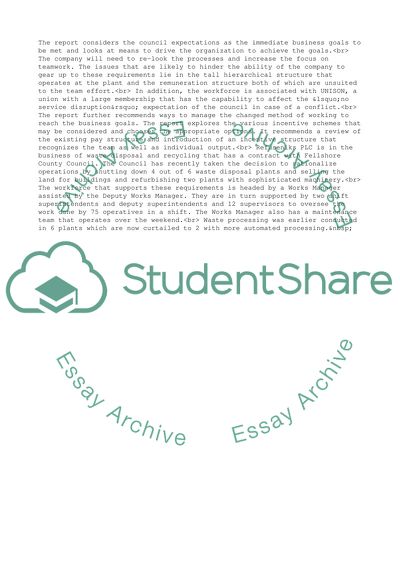Cite this document
(Analysis of the Situation of Business Requirements of Refusenick in Term Paper - 1, n.d.)
Analysis of the Situation of Business Requirements of Refusenick in Term Paper - 1. Retrieved from https://studentshare.org/management/1751746-reward-managment
Analysis of the Situation of Business Requirements of Refusenick in Term Paper - 1. Retrieved from https://studentshare.org/management/1751746-reward-managment
(Analysis of the Situation of Business Requirements of Refusenick in Term Paper - 1)
Analysis of the Situation of Business Requirements of Refusenick in Term Paper - 1. https://studentshare.org/management/1751746-reward-managment.
Analysis of the Situation of Business Requirements of Refusenick in Term Paper - 1. https://studentshare.org/management/1751746-reward-managment.
“Analysis of the Situation of Business Requirements of Refusenick in Term Paper - 1”, n.d. https://studentshare.org/management/1751746-reward-managment.


